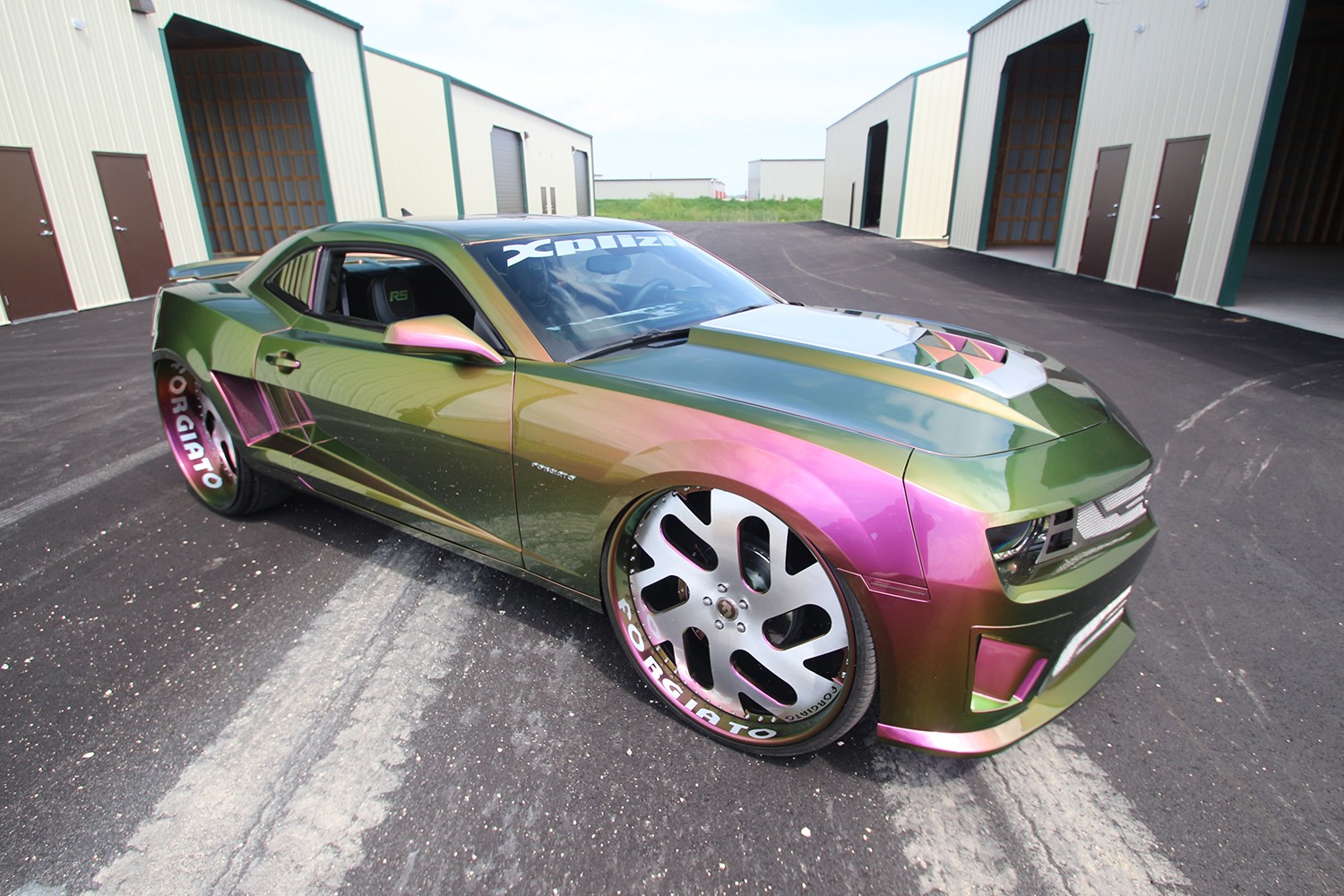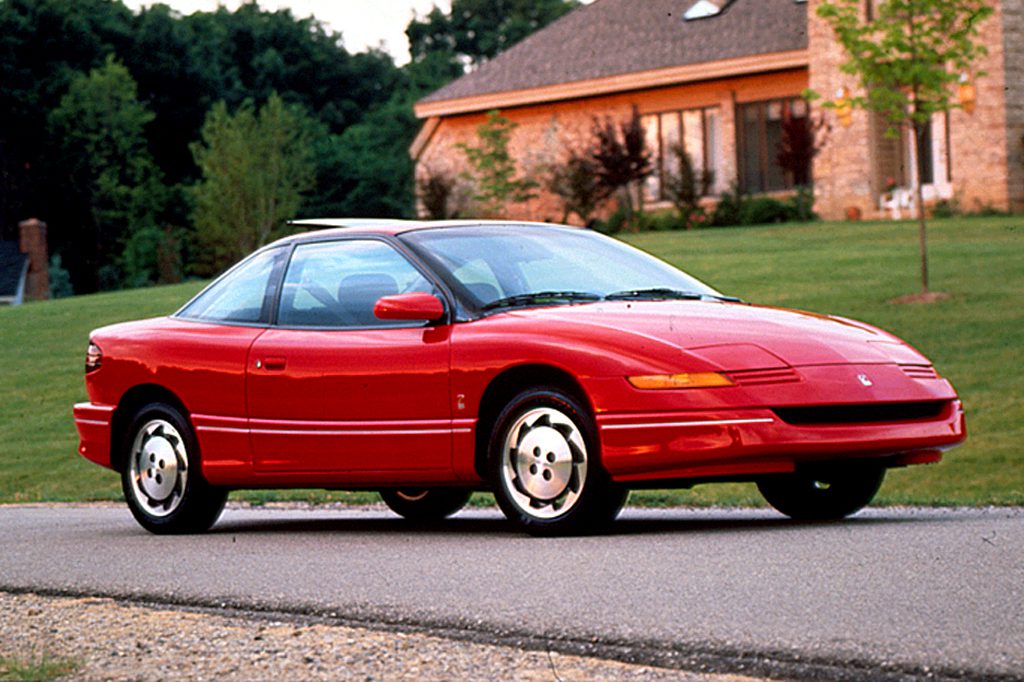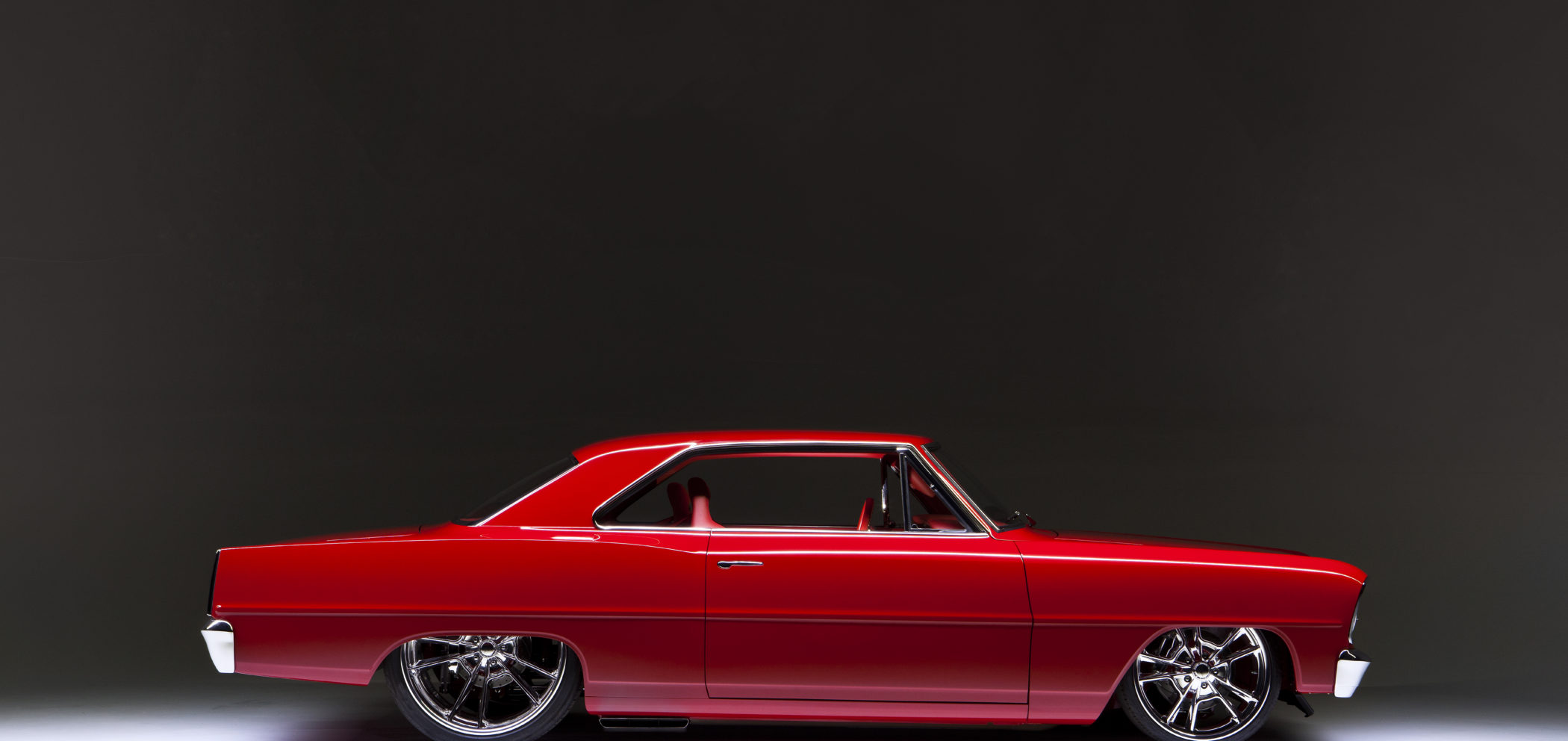

- #Fabfilter twin 2 mod wheel manual
- #Fabfilter twin 2 mod wheel mods
- #Fabfilter twin 2 mod wheel free
#Fabfilter twin 2 mod wheel mods
Virtually all of the mods we looked at required Supplemental Type Certificate testing. Most of the aftermarket mods are designed to reduce drag-airframe and/or cooling-but two are exhaust system mods that increase engine power output. For a number of legacy airplanes from Piper, Beech, Cessna, Mooney and Grumman American, that means for under $5000 it may be possible to improve your airplane’s performance enough that you notice it. At some point during development diminishing returns set in and they said, “That’s good enough,” froze the design, went through certification and put it on the market. The good news is that general aviation manufacturers didn’t always optimize their designs for speed. Here’s what we found.Īny attempt to make an airplane go faster comes up against the cruel laws of squared functions as applied to aerodynamic drag-to make an airplane go twice as fast, you have to have eight times as much power. We surveyed the speed mod market-it’s vast-and found that while there are some high-dollar mods out there, it may be possible to up the cruise speed and climb rate of your airplane by 5 to 10 percent without going broke.
#Fabfilter twin 2 mod wheel free
Very quickly you will get the hang of making your own sounds and start to enjoy this fun and creative process.While experience has taught us that there’s no free lunch in aviation, especially when speed is involved, we wanted to know if there were any ways to make our airplanes faster without having to spend cubic bucks.
#Fabfilter twin 2 mod wheel manual
I won’t go into too much detail here as the manual will give you as much as you need, but rest assured that when you think of the FabFilter interface as too separate halves it isn’t that scary. This is the same as playing a note and turning the tone control back and forth every second - the LFO just automates this for you. Now, rather than having a constant tone, the sound will have one that cycles across a range of tones with every oscillation of the LFO. This LFO might oscillate once a second and can be connected to the cut-off frequency of one of the filters. For example, you might add a control in the bottom half that is a low-frequency oscillator (LFO). The reason for doing this is to add movement to the sound. In most cases this is one of the parameters of the virtual synthesiser in the top half (although controls can also be linked to another control). Each of these controls is connected to one or more of the sound’s parameter and they are essentially independent of each other. Unlike the top half of the screen, these controls don’t flow from left to right. This half of the interface is much more dynamic that the top in that you can add and remove controls - in fact you can add so many controls that the bar in the middle of the screen is there to show you to which portion of the controls are currently visible on the screen. The bottom half of the screen, however, is where you can make the sound really come alive. By adjusting the various settings of this virtual synthesiser your can make a wide variety of sounds without even touching the bottom half of the screen. Shown, in order from left to right, are: the oscillators, the filters, the delay effect and then some mixing controls for combining the dry signal with the delayed signal. The top half of the screen is relatively static in that it represents the virtual hardware you are controlling. The main thing to understand with FabFilter’s interface that isn’t immediately obvious is the reason behind the division into two halves, top and bottom. It’s amazing how much more you know about an application after reading it’s manual. To this end I started reading the book “How to Make Noise, Analog Synthesis” ( ) The book is primarily about the abstract concepts behind analog sound synthesis but by happy coincidence FabFilter was one of the synthesisers used when giving practical examples.īolstered by this new-found knowledge I then took the radical step of also reading the manual for FabFilter Twin 2. Once I started to want more control over the sounds I was using, however, I realised I had to learn a lot more about how analog synthesisers work. I use FabFilter Twin 2 ( ) as my main synthesiser in Ableton Live and up until recently I had been content to just use the preset patches.


I’m beginning with a song called Miracles and I still have a lot to learn about electronic music as I continue to make the transition away from more traditional acoustic instruments. Well, I’ve finally decided to get my butt into gear and start recording again.


 0 kommentar(er)
0 kommentar(er)
